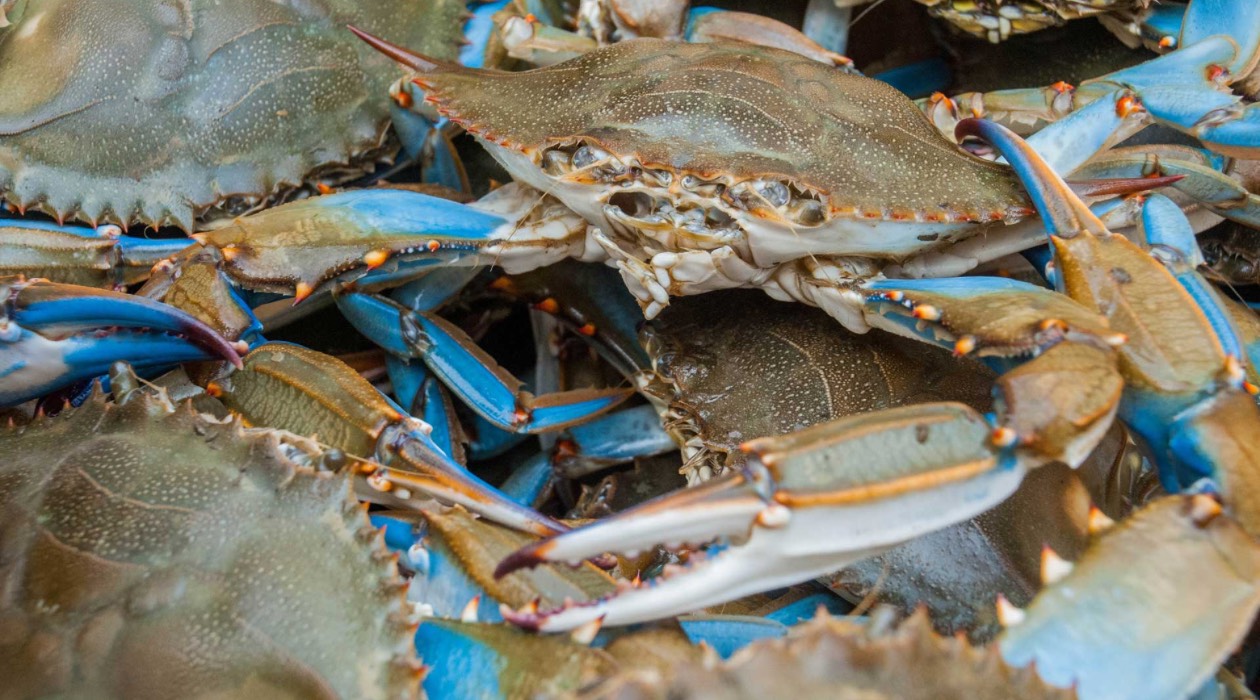

Articles
How To Store Live Blue Crab
Modified: February 23, 2024
Learn effective techniques for storing live blue crabs in this comprehensive article. Discover tips and tricks to keep your crabs alive and ensure optimal freshness.
(Many of the links in this article redirect to a specific reviewed product. Your purchase of these products through affiliate links helps to generate commission for Storables.com, at no extra cost. Learn more)
Introduction
When it comes to seafood delicacies, live blue crabs are a true delight for seafood enthusiasts. Their sweet and succulent meat, coupled with their vibrant blue appearance, make them a popular choice for a variety of dishes. However, purchasing live blue crabs in bulk or catching them during a crabbing expedition often raises the question of how to store them properly.
Storing live blue crabs is essential to maintain their freshness and ensure their meat remains tender and flavorful. Whether you plan on preparing them immediately or saving them for a later date, understanding the proper storage techniques is crucial in preserving the quality of the crabs.
In this article, we will explore the step-by-step process of storing live blue crabs to help you make the most of your seafood experience. From choosing the right crabs to maintaining their freshness, we will provide all the necessary information you need to ensure your live blue crabs are stored properly.
Key Takeaways:
- Choose lively, intact, and heavy live blue crabs for optimal freshness. Purge, rinse, and separate them before storing to maintain their quality and flavor.
- Store live blue crabs in a cool, moist environment using methods like refrigerator storage, ice storage, or aquarium tanks. Monitor temperature, manage moisture, and avoid freezing to preserve their freshness.
Read more: How To Store Blue Crabs
Choosing Live Blue Crabs
When selecting live blue crabs for storage, it is important to choose crabs that are healthy and lively. Look for the following characteristics to ensure you are selecting the best crabs:
- Liveliness: Choose crabs that are active and moving. They should be responsive when touched and show signs of energy. Avoid crabs that appear sluggish or unresponsive.
- Shell Condition: Inspect the shell of the crab for any cracks or damage. Crabs with intact shells are less likely to have been injured and have a lower risk of bacterial contamination.
- Size and Gender: Consider the size and gender of the crabs based on your preferences and recipe requirements. Male crabs, also known as “jimmies,” are often preferred for their larger size and more substantial meat.
- Weight: Choose crabs that feel heavy for their size. Heavier crabs typically indicate a higher meat-to-shell ratio, providing more value for your money.
- Aggression: Look for crabs that display aggression towards their fellow crabs. This indicates a healthy level of energy and competitiveness.
It is important to note that live blue crabs should be stored in a cool and moist environment to prevent dehydration and maintain their liveliness. Be sure to keep them away from direct sunlight and sources of heat.
By carefully selecting live blue crabs that meet these criteria, you can ensure that you are starting with the best possible crabs for storage, ultimately enhancing the freshness and quality of your culinary creations.
Preparing for Storage
Before storing live blue crabs, it is essential to properly prepare them to ensure their longevity and freshness. Here are the steps to follow:
- Purge the Crabs: To remove any impurities from the crab’s digestive system, you need to purge them. Fill a large bucket or basin with cold water and add about a cup of salt per gallon of water. Stir the water until the salt is dissolved. Place the crabs in the saltwater solution and let them sit for 15-20 minutes. This process will help clean the crabs and prepare them for storage.
- Rinse the Crabs: After the purging process, rinse the crabs with clean, cold water to remove any excess salt and impurities.
- Inspect for Dead Crabs: Check the crabs for any signs of dead ones. Dead crabs can spoil quickly and affect the freshness of the live crabs. Look for crabs that are immobile, limp, or have an unpleasant odor. Remove any dead crabs from the batch before storage.
- Separate the Crabs: If you have different sizes or genders of crabs, it is a good idea to separate them into individual containers or bags. This will make it easier to access the crabs you need without disturbing the others.
- Moisten the Crabs: To help prevent dehydration, lightly dampen a clean cloth or paper towel with water and place it on top of the crabs. This will keep them moist during storage.
Once you have completed these preparation steps, your live blue crabs are ready to be stored. Maintaining their freshness during storage is crucial to ensure their flavor and quality when you’re ready to cook them.
Store live blue crab in a cooler or large container with damp newspaper or seaweed to keep them moist. Keep them cold, but not submerged in ice water, and use them within 24 hours for the best flavor.
Storing Live Blue Crabs
Proper storage of live blue crabs is crucial to maintain their freshness and quality. Here are some effective methods for storing live blue crabs:
- Refrigerator Storage: One of the simplest ways to store live blue crabs is in the refrigerator. Place the crabs in a large container or cooler with a lid, ensuring there is enough space for the crabs to move around. Line the bottom of the container with a damp cloth or paper towels to keep the crabs moisturized. Keep the container in the coldest part of your refrigerator, ideally between 40-45°F (4-7°C).
- Ice Storage: Another option for storing live blue crabs is to use ice. Fill a cooler with a layer of crushed ice or ice packs. Place a damp cloth or paper towels on top of the ice, and then lay the crabs on the cloth in a single layer. Cover the crabs with additional damp cloth or paper towels and layer another batch of crabs on top. Continue this layering process, making sure not to overload the cooler. Seal the cooler tightly to retain the cold temperature.
- Aquarium Tank: If you have access to a large aquarium tank or a dedicated seafood tank with aeration, you can store live blue crabs in it. Fill the tank with enough seawater or a mixture of saltwater and freshwater to submerge the crabs. Place rocks or other hiding places in the tank to give the crabs some shelter. Keep the tank in a cool area away from direct sunlight or heat sources.
Regardless of the storage method you choose, it is important to ensure proper ventilation and maintaining a cool temperature to keep the crabs alive and fresh. Avoid overcrowding the container or tank to prevent stress and suffocation among the crabs.
Remember, the aim of storing live blue crabs is to maintain their liveliness and preserve their meat quality. Avoid submerging the crabs completely in water as it can drown them. Instead, the crabs should have access to moisture without being fully submerged.
Now that you know how to store live blue crabs, let’s explore how to maintain their freshness for an extended shelf life.
Maintaining Freshness
To ensure that your stored live blue crabs remain fresh and flavorful, it is essential to take proper care of them. Here are some tips to help maintain their freshness:
- Monitor Temperature: Whether you are storing the crabs in a refrigerator, on ice, or in an aquarium tank, it is crucial to maintain a consistent temperature. Keep the storage area between 40-45°F (4-7°C) for optimal freshness. Fluctuations in temperature can cause stress to the crabs and affect their quality.
- Manage Moisture: While it is important to keep the crabs moist, it is equally vital to avoid excess moisture. Check the damp cloth or paper towels periodically to ensure they are still moist but not soaking wet. Excess moisture can promote the growth of bacteria and negatively impact the crabs’ freshness.
- Avoid Freezing: Freezing live blue crabs is not recommended, as it can detract from the texture and flavor of the meat. Freezing can cause the meat to become mushy and lose its natural sweetness. It is best to cook the crabs or consume them fresh within a day or two of storage.
- Minimize Handling: Limit the number of times you handle the live blue crabs during storage. Excessive handling can cause stress and result in injury to the crabs. When you need to access the crabs, do so gently and avoid unnecessary agitation.
- Regular Inspection: Check the crabs regularly for any signs of spoilage. Look for any unusual odor, discoloration, or sliminess. If you notice any of these signs, remove the affected crabs immediately to prevent contamination of the others.
By following these guidelines, you can maintain the freshness of your stored live blue crabs, ensuring that they are in the best possible condition when it’s time to prepare them.
Remember, while live blue crabs can be stored for a short period, it is always best to consume them as soon as possible for the most optimal taste and texture. Freshly cooked live blue crabs provide the ultimate seafood experience.
Read more: How To Store Live Clams
Conclusion
Storing live blue crabs is an important aspect of ensuring their freshness and quality for future use. By following the proper techniques and precautions, you can prolong the shelf life of these delectable crustaceans and enjoy their flavorful meat whenever you desire.
When choosing live blue crabs, prioritize their liveliness and shell condition, ensuring you select healthy and vibrant specimens. Preparing them for storage involves purging, rinsing, inspecting for dead crabs, separating by size or gender, and keeping them moist.
When it comes to storing live blue crabs, options such as refrigerator storage, ice storage, or aquarium tanks can be utilized for different scenarios and preferences. Maintaining freshness requires monitoring the temperature, managing moisture levels, avoiding freezing, minimizing handling, and conducting regular inspections to prevent spoilage.
Remember that while live blue crabs can be stored for a short period, it’s best to consume them as soon as possible to enjoy their optimal taste and texture. Freshly cooked live blue crabs provide an unrivaled seafood experience that will tantalize your taste buds.
Now that you have the knowledge and tips to store live blue crabs effectively, you can embark on your culinary adventures, creating mouth-watering dishes that showcase the natural sweetness and succulence of these magnificent creatures.
Frequently Asked Questions about How To Store Live Blue Crab
Was this page helpful?
At Storables.com, we guarantee accurate and reliable information. Our content, validated by Expert Board Contributors, is crafted following stringent Editorial Policies. We're committed to providing you with well-researched, expert-backed insights for all your informational needs.
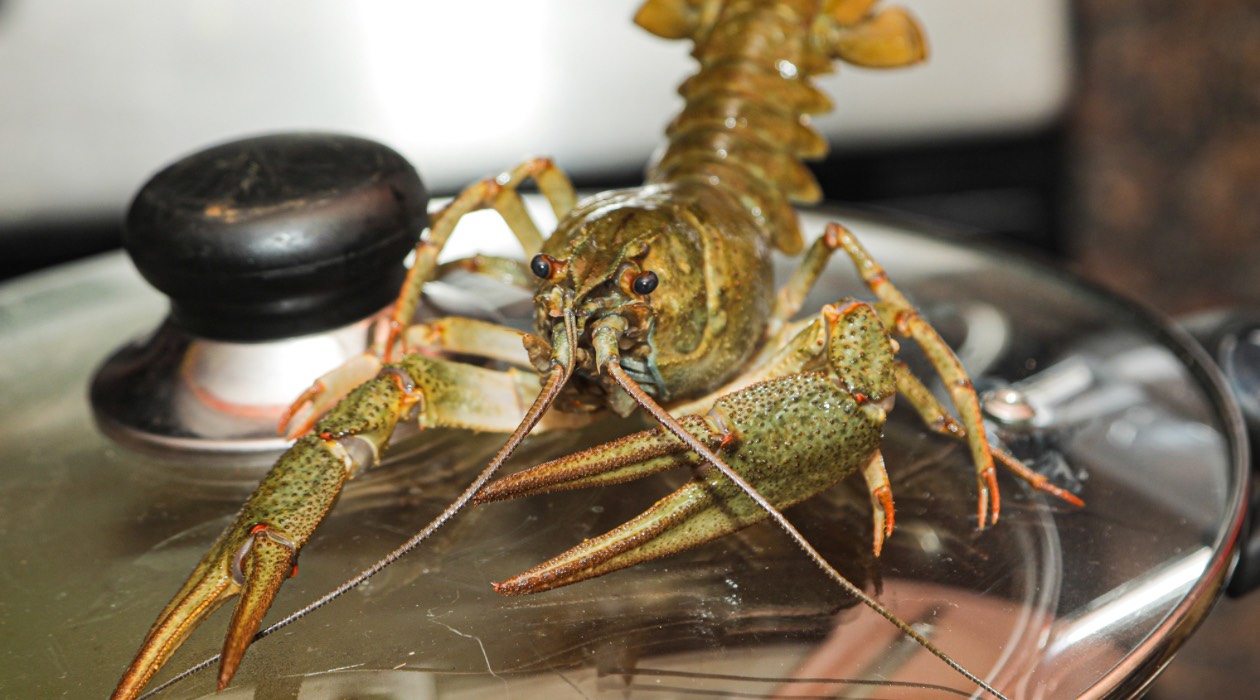
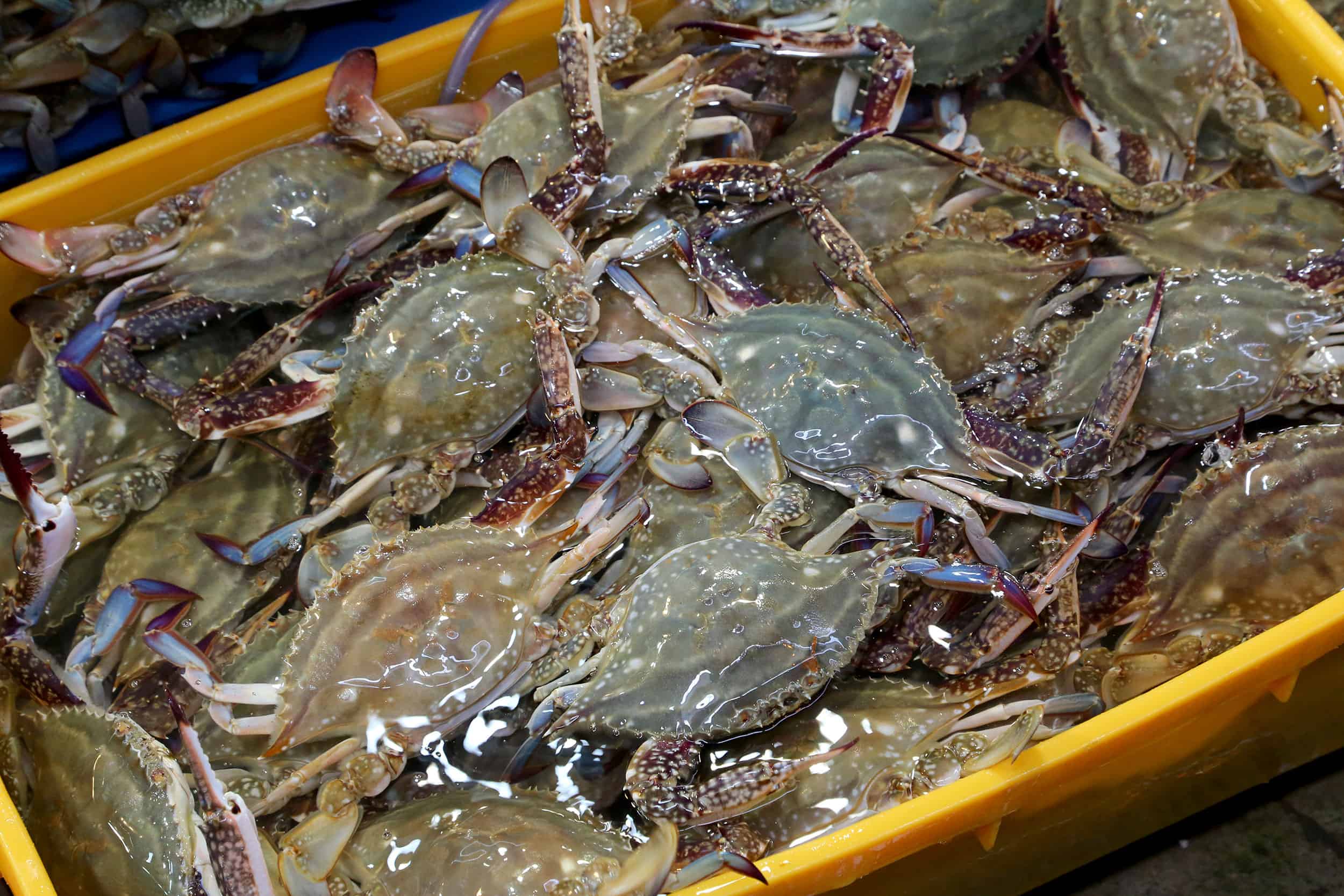
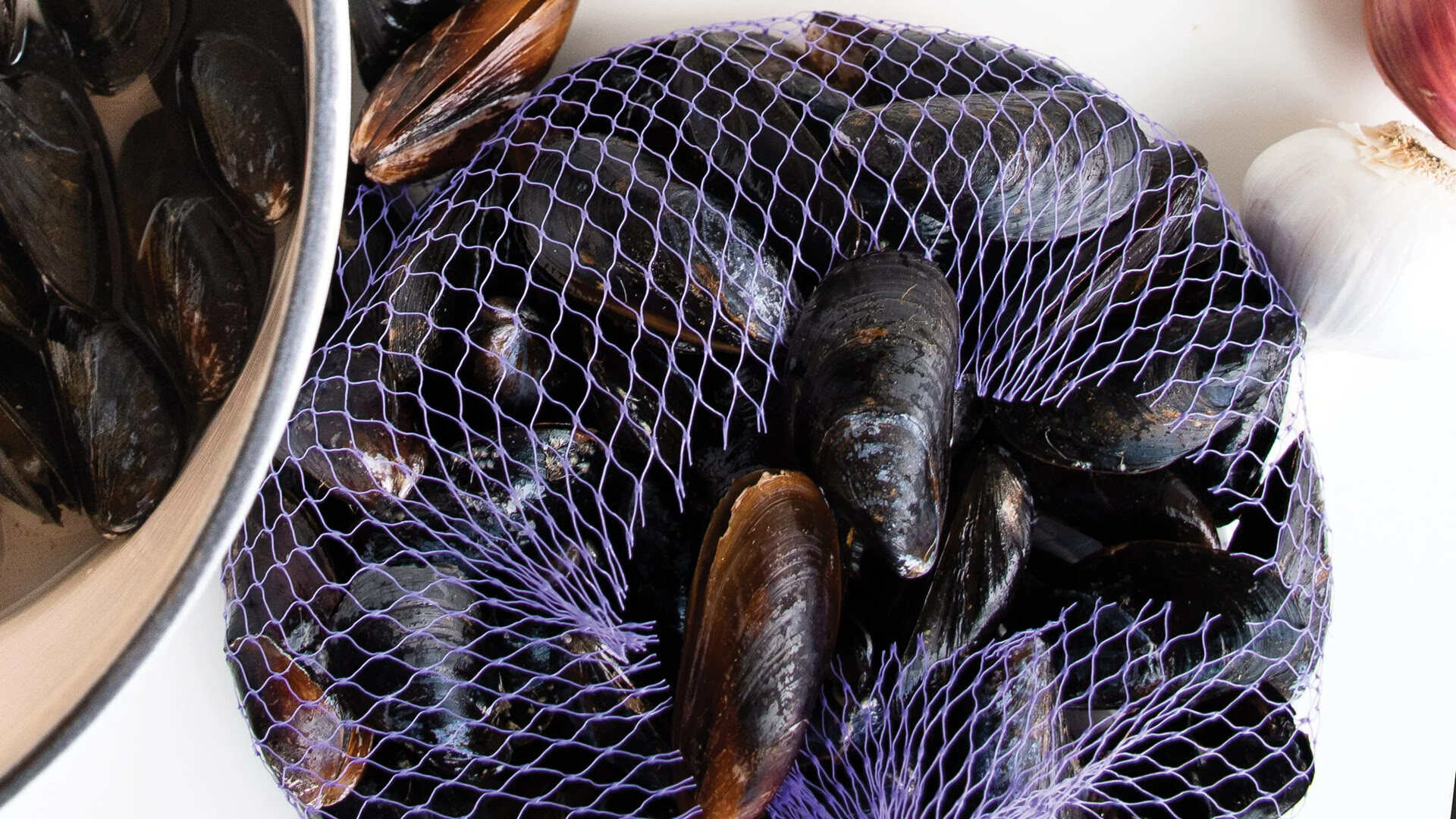
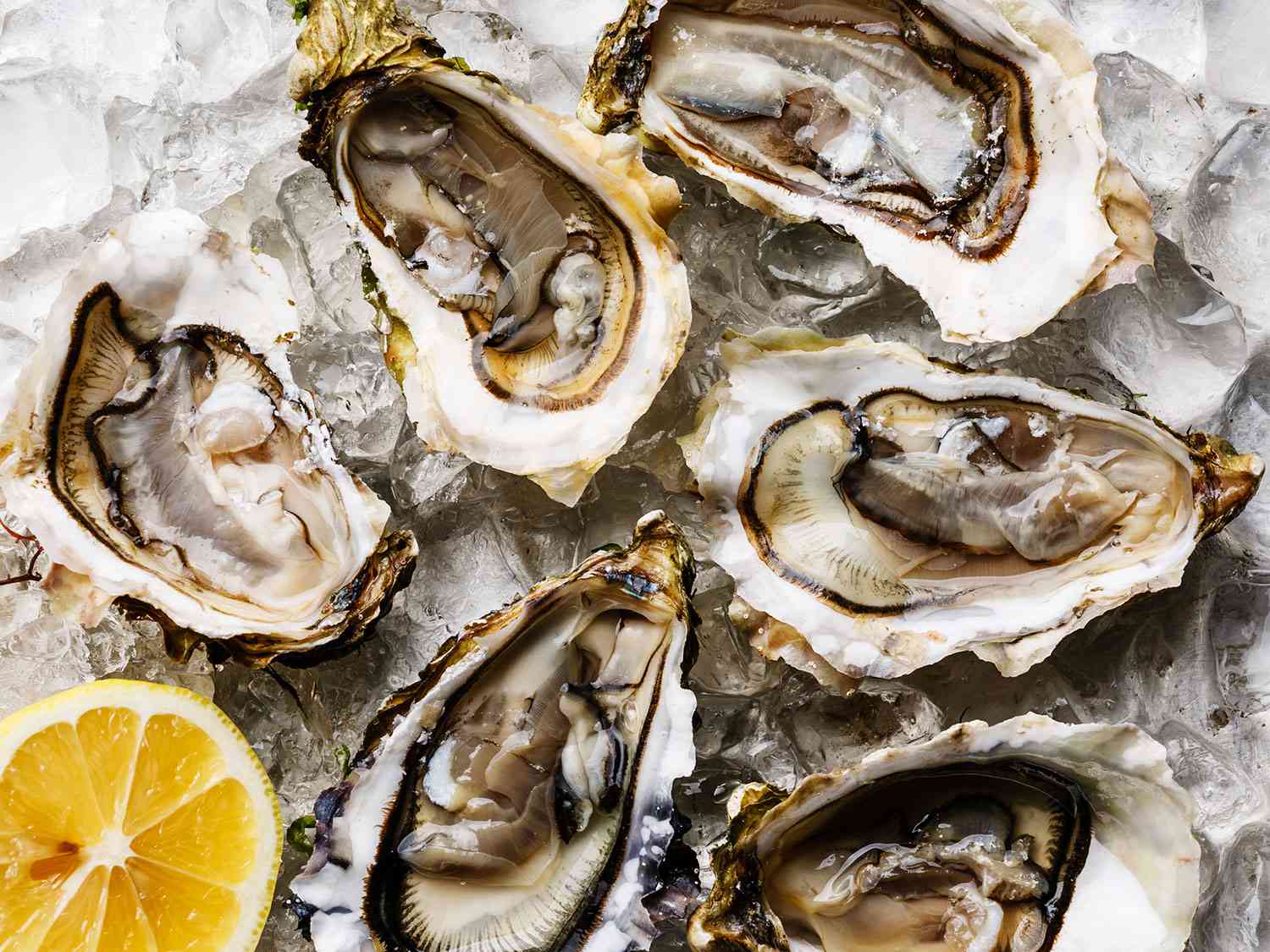
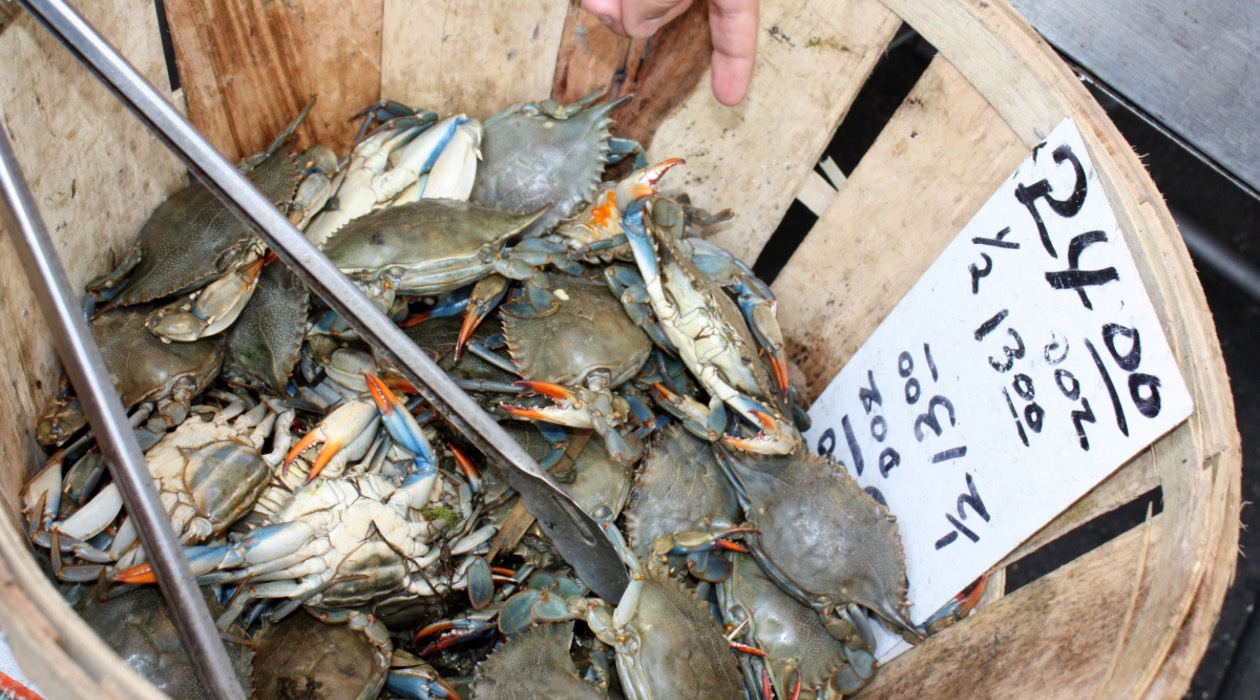
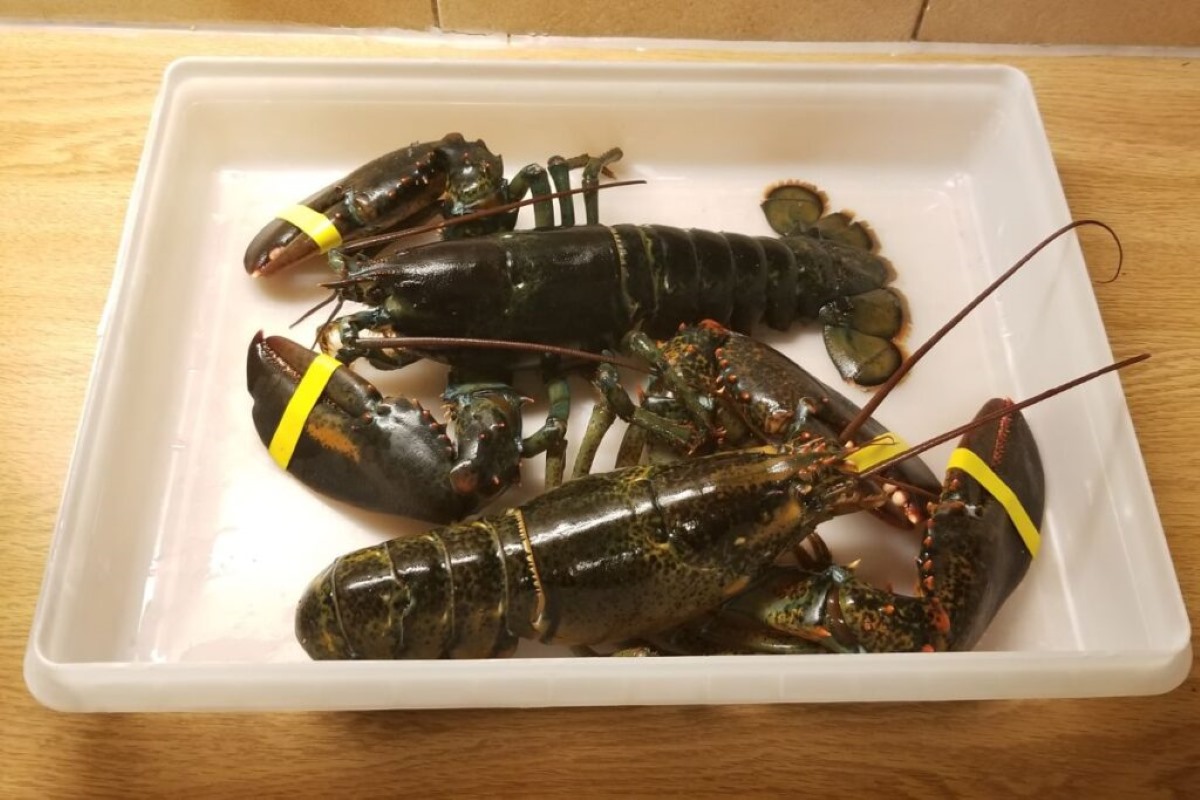
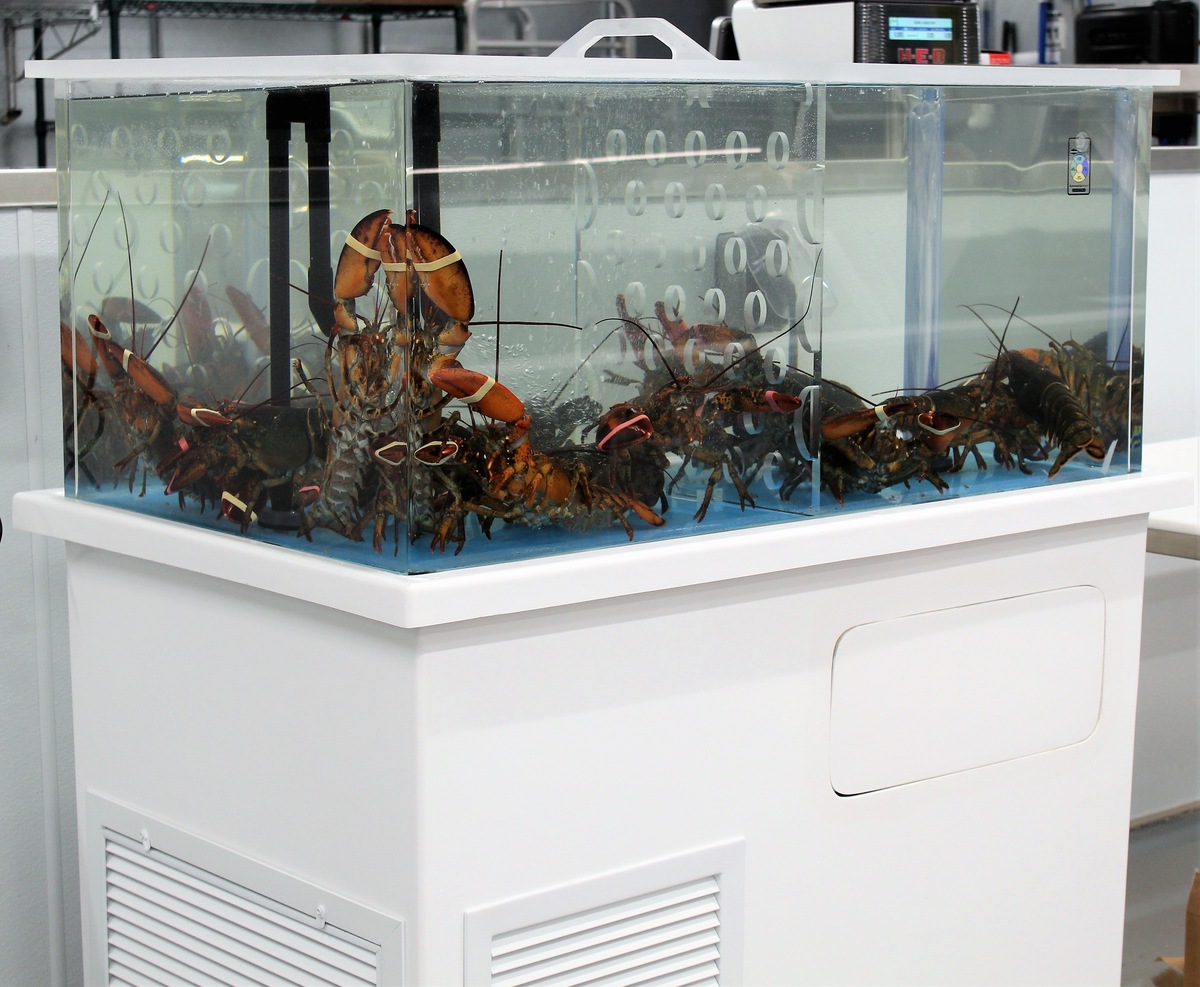
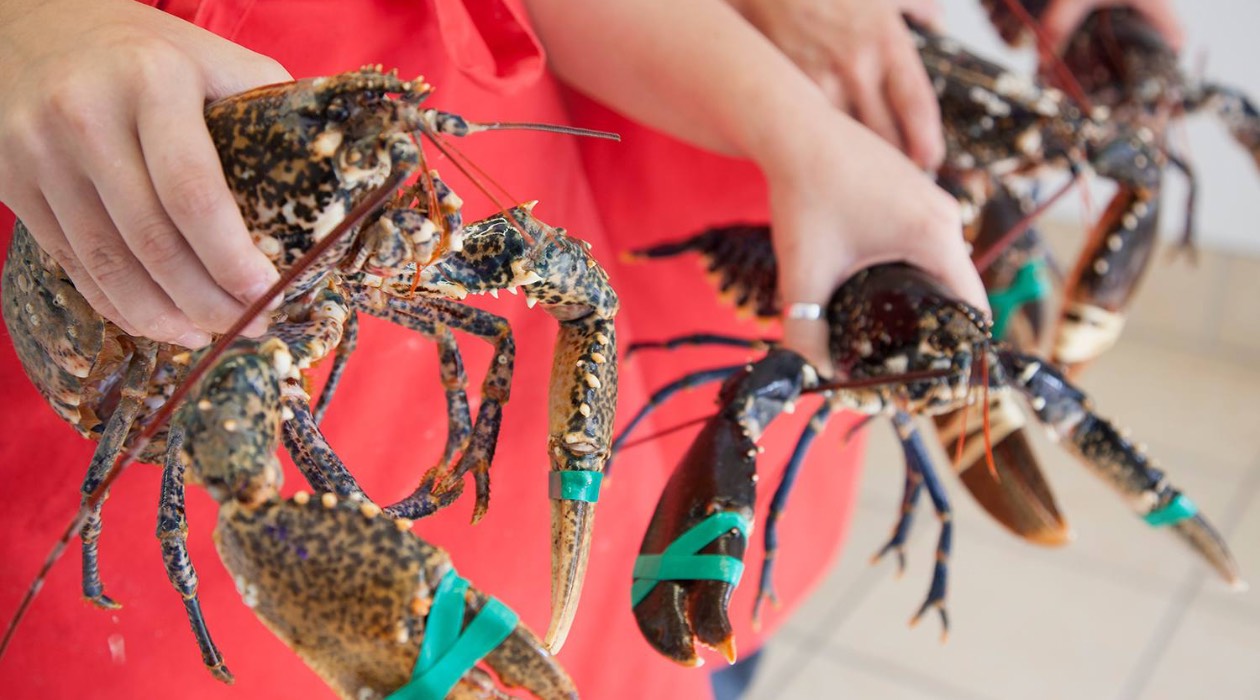
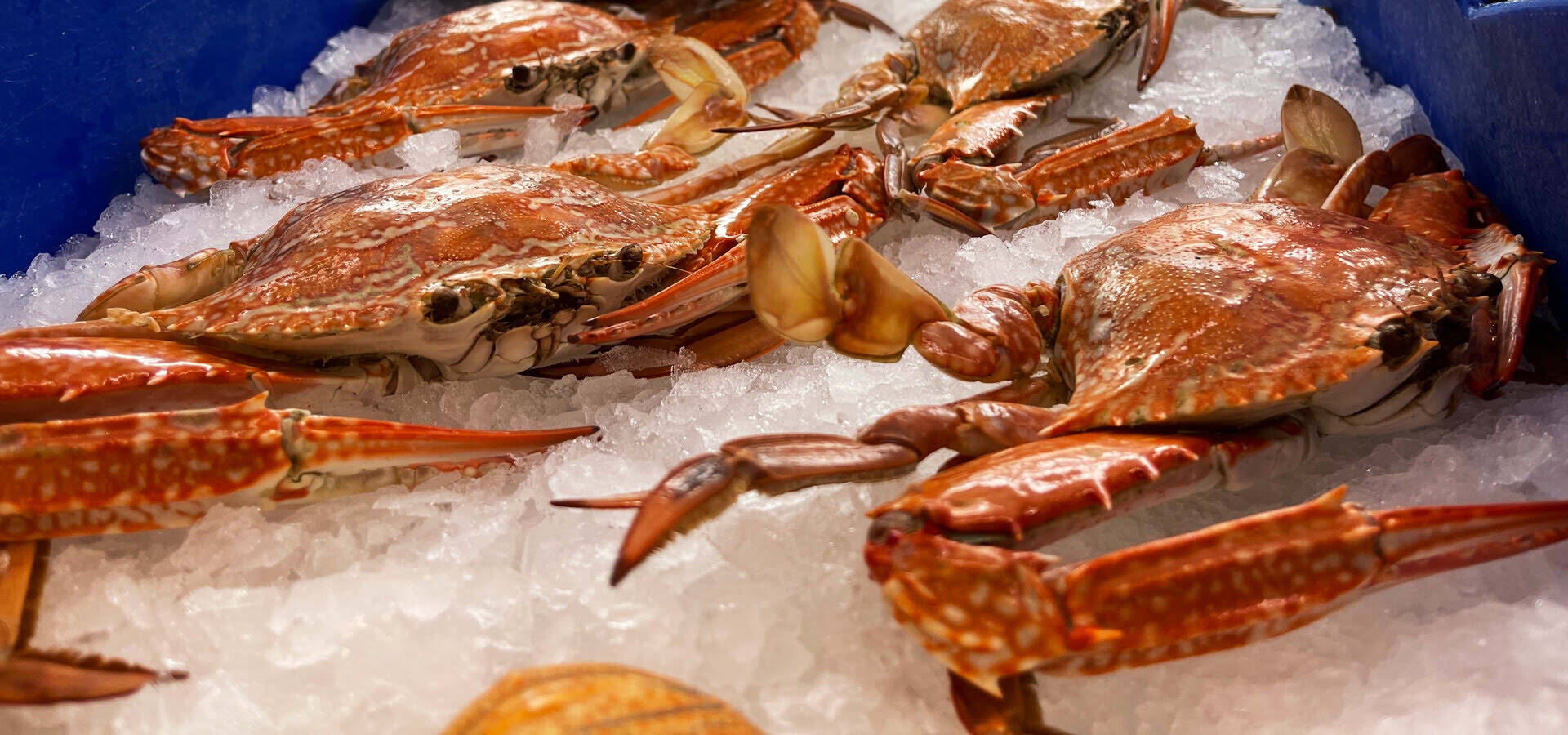
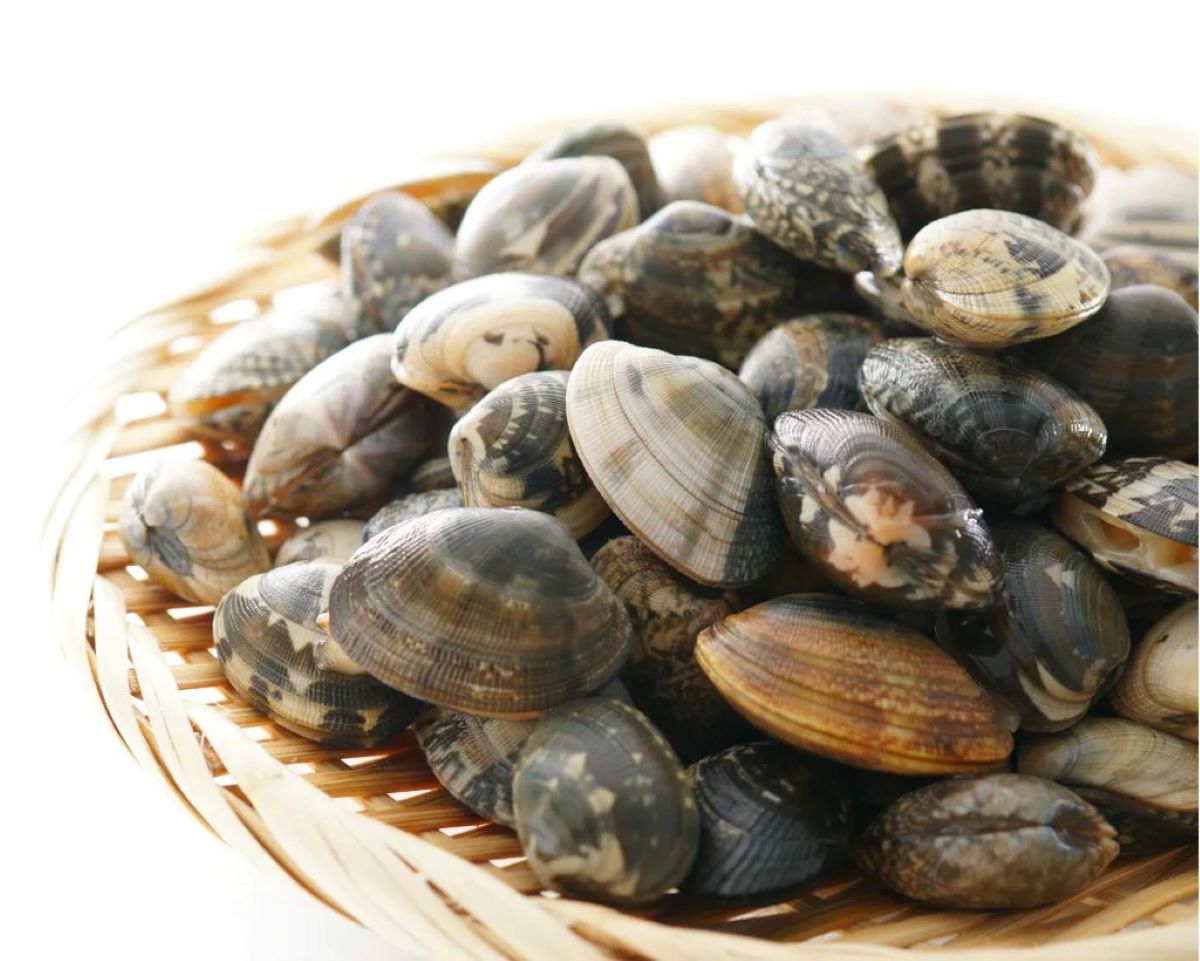
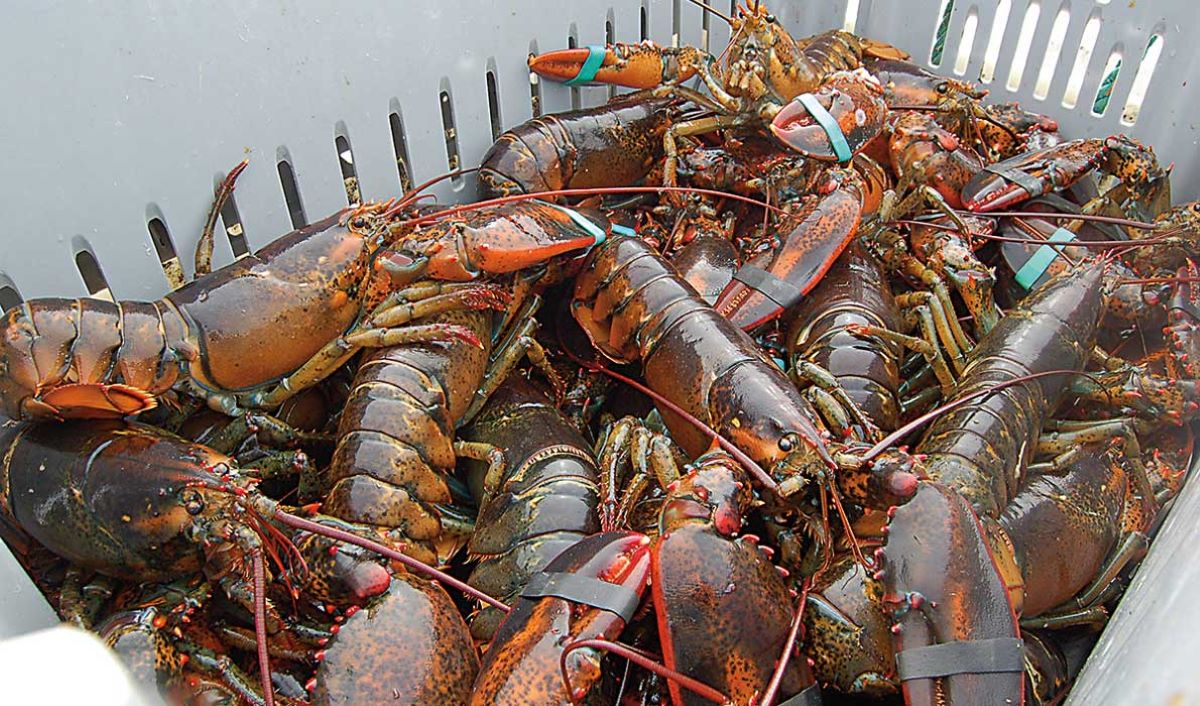
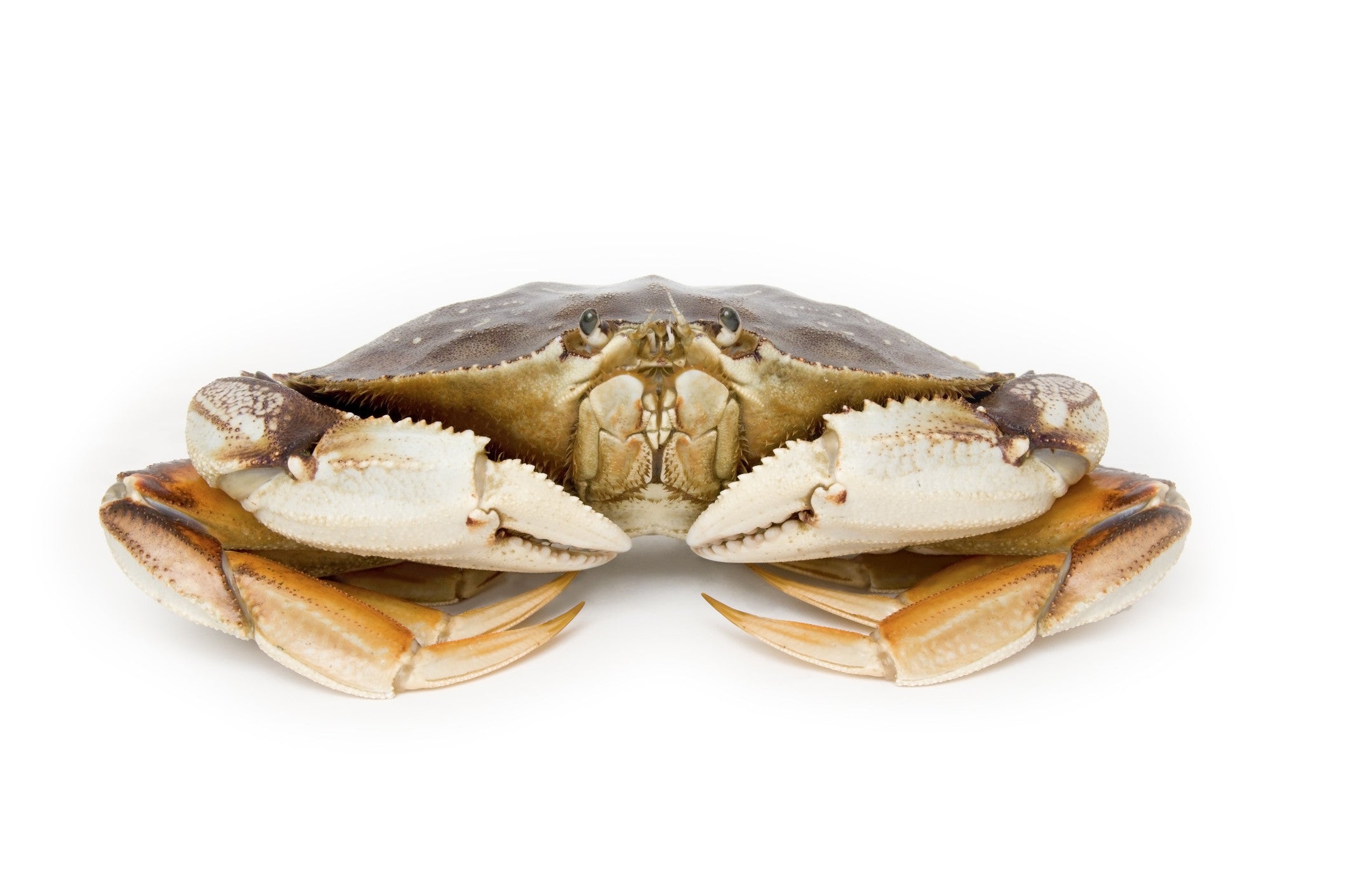
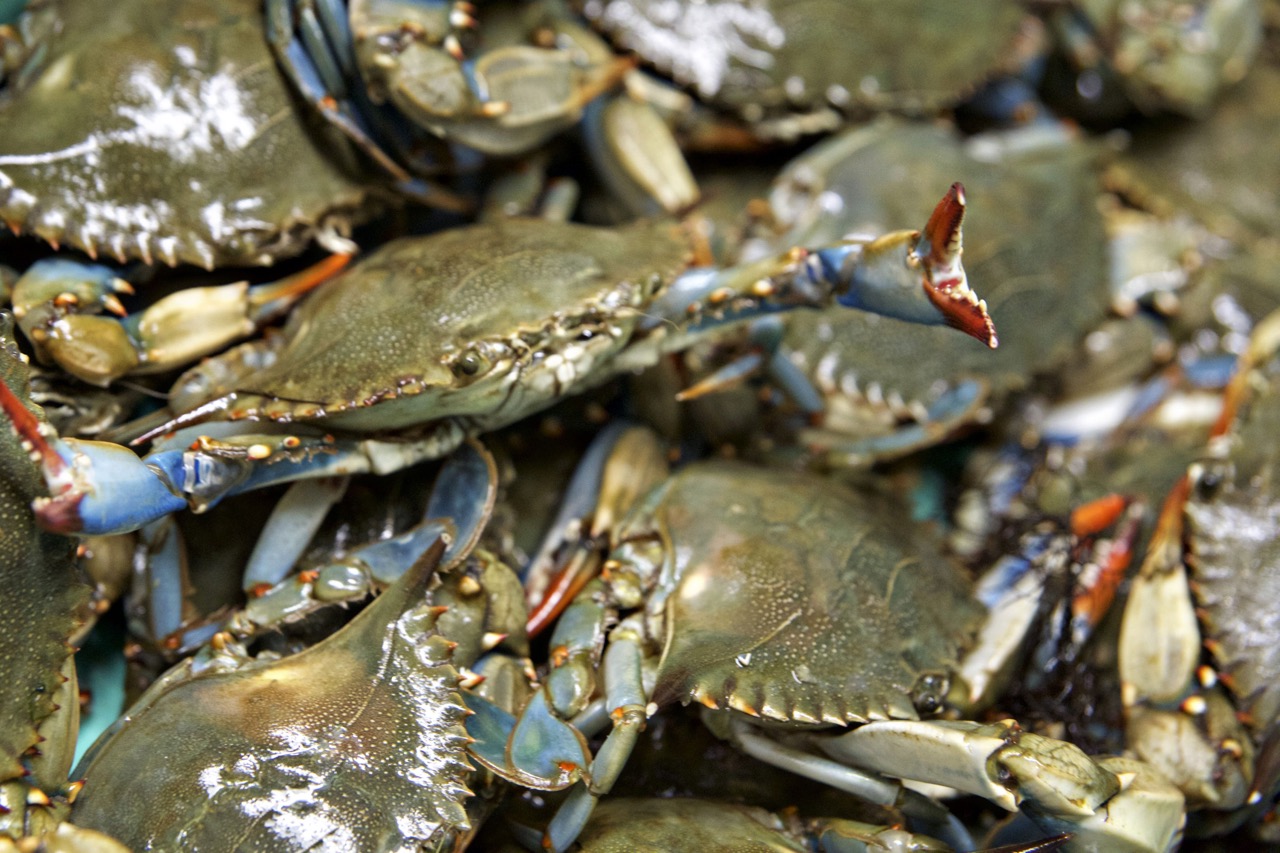
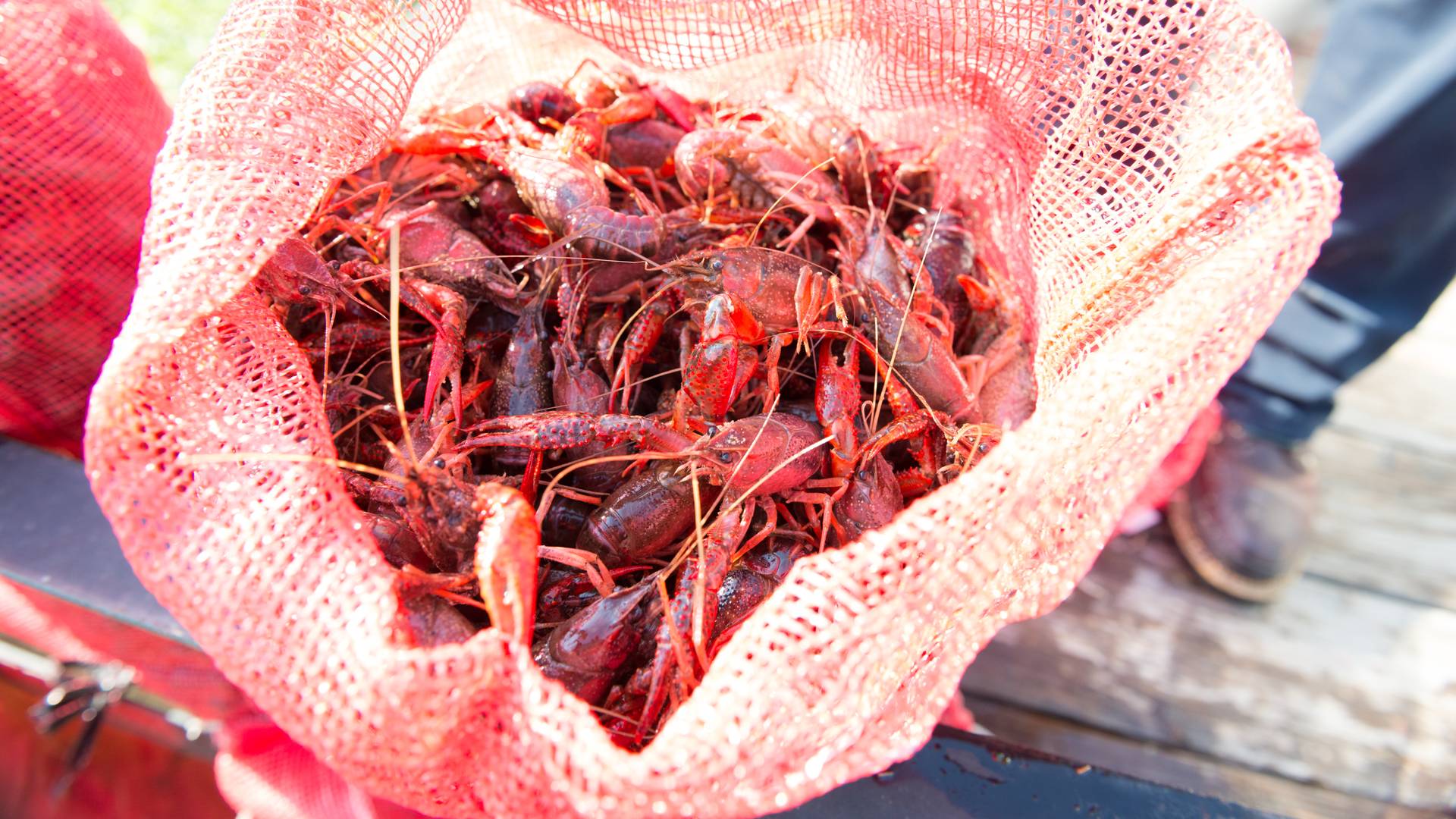

0 thoughts on “How To Store Live Blue Crab”